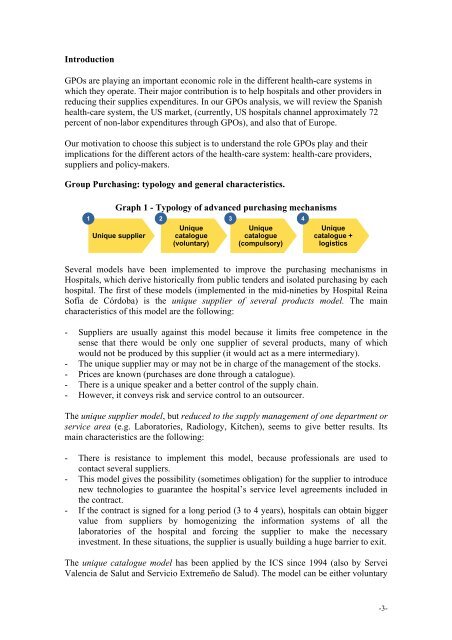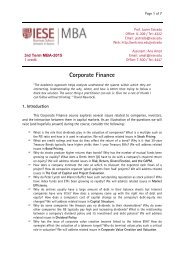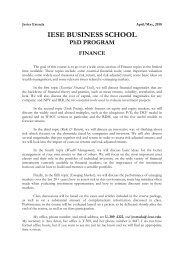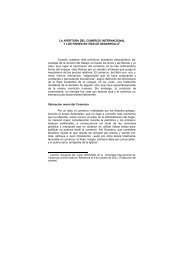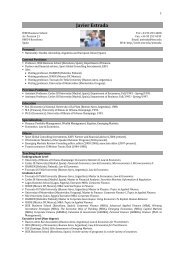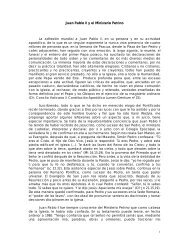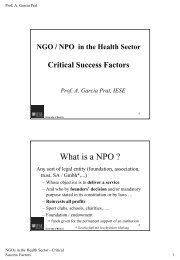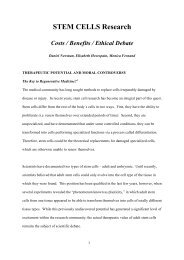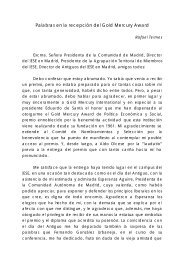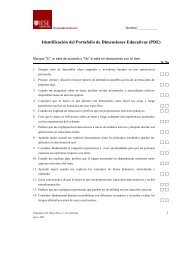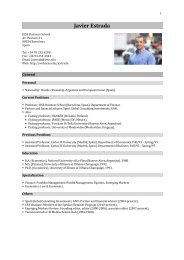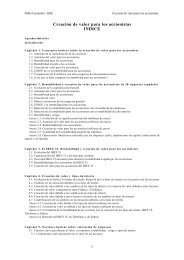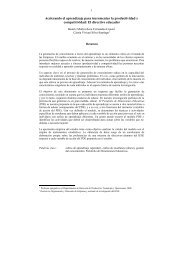GPOs and Advances Purchasing Mechanism - IESE Blog Community
GPOs and Advances Purchasing Mechanism - IESE Blog Community
GPOs and Advances Purchasing Mechanism - IESE Blog Community
Create successful ePaper yourself
Turn your PDF publications into a flip-book with our unique Google optimized e-Paper software.
Introduction<br />
<strong>GPOs</strong> are playing an important economic role in the different health-care systems in<br />
which they operate. Their major contribution is to help hospitals <strong>and</strong> other providers in<br />
reducing their supplies expenditures. In our <strong>GPOs</strong> analysis, we will review the Spanish<br />
health-care system, the US market, (currently, US hospitals channel approximately 72<br />
percent of non-labor expenditures through <strong>GPOs</strong>), <strong>and</strong> also that of Europe.<br />
Our motivation to choose this subject is to underst<strong>and</strong> the role <strong>GPOs</strong> play <strong>and</strong> their<br />
implications for the different actors of the health-care system: health-care providers,<br />
suppliers <strong>and</strong> policy-makers.<br />
Group <strong>Purchasing</strong>: typology <strong>and</strong> general characteristics.<br />
Graph 1 - Typology of advanced purchasing mechanisms<br />
1 2 3 4<br />
Unique supplier<br />
Unique<br />
catalogue<br />
(voluntary)<br />
Unique<br />
catalogue<br />
(compulsory)<br />
Unique<br />
catalogue +<br />
logistics<br />
Several models have been implemented to improve the purchasing mechanisms in<br />
Hospitals, which derive historically from public tenders <strong>and</strong> isolated purchasing by each<br />
hospital. The first of these models (implemented in the mid-nineties by Hospital Reina<br />
Sofía de Córdoba) is the unique supplier of several products model. The main<br />
characteristics of this model are the following:<br />
- Suppliers are usually against this model because it limits free competence in the<br />
sense that there would be only one supplier of several products, many of which<br />
would not be produced by this supplier (it would act as a mere intermediary).<br />
- The unique supplier may or may not be in charge of the management of the stocks.<br />
- Prices are known (purchases are done through a catalogue).<br />
- There is a unique speaker <strong>and</strong> a better control of the supply chain.<br />
- However, it conveys risk <strong>and</strong> service control to an outsourcer.<br />
The unique supplier model, but reduced to the supply management of one department or<br />
service area (e.g. Laboratories, Radiology, Kitchen), seems to give better results. Its<br />
main characteristics are the following:<br />
- There is resistance to implement this model, because professionals are used to<br />
contact several suppliers.<br />
- This model gives the possibility (sometimes obligation) for the supplier to introduce<br />
new technologies to guarantee the hospital’s service level agreements included in<br />
the contract.<br />
- If the contract is signed for a long period (3 to 4 years), hospitals can obtain bigger<br />
value from suppliers by homogenizing the information systems of all the<br />
laboratories of the hospital <strong>and</strong> forcing the supplier to make the necessary<br />
investment. In these situations, the supplier is usually building a huge barrier to exit.<br />
The unique catalogue model has been applied by the ICS since 1994 (also by Servei<br />
Valencia de Salut <strong>and</strong> Servicio Extremeño de Salud). The model can be either voluntary<br />
-3-


